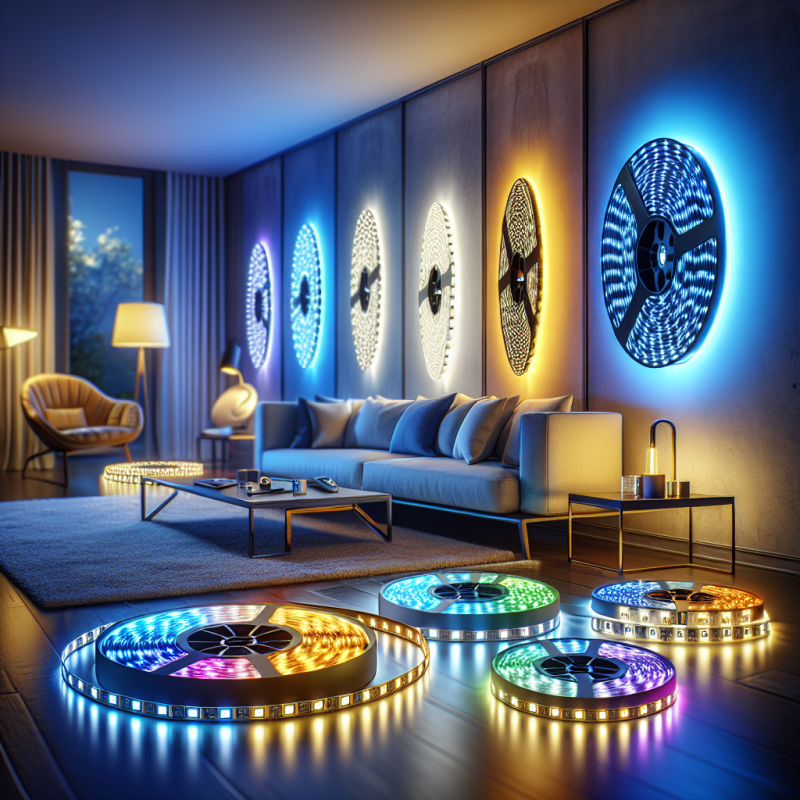Have you ever thought about how nice it would be to control things in your home just with your smartphone? That's one of the coolest benefits of WiFi home automation! You get to manage everything from lights to thermostats, all with a few taps on your device, no matter where you are. This makes life so much easier, especially if you're always on the go.
Another perk is the flexibility WiFi offers. Setting up a system at home doesn't have to involve messy wires running everywhere. You can easily add new devices to your network without needing any heavy-duty installations. Whether you want to add smart speakers, security cameras, or smart plugs, all you need is an internet connection, and you're good to go!
Plus, WiFi home automation can save you money in the long run. Many smart devices are designed to be energy-efficient. You can monitor energy usage through apps, giving you insights into where you might save on your bills. Finally, imagine the peace of mind you’ll have knowing you can check that the lights are off or adjust your thermostat remotely. This level of control can really enhance your everyday life.
Last but not least, many WiFi-enabled smart devices are built to work seamlessly together. This means you can create automations that suit your routines. For example, you can set your lights to turn on automatically when you arrive home, making your entry feel welcoming. The ease of use and integration makes the entire experience smoother—you can focus on what really matters.
Exploring Wired Home Automation Advantages
When it comes to home automation, jumping into wired systems might seem a little old-school, but there’s a lot to love about them. For starters, wired home automation typically offers a more stable and reliable connection. You won’t have to fuss with spotty Wi-Fi signals or dead zones in your home; everything is wired directly, giving you peace of mind that your smart devices are always connected.
Another big plus is security. Wired systems often come with less risk of hacking since they don’t rely on a wireless signal that can be easily intercepted. If you’re concerned about privacy and want to keep your home network safe, a wired system can be the way to go. Many people find this especially comforting when it comes to cameras and home monitoring systems.
Wired home automation systems can also handle a lot of data without skipping a beat. If you have multiple devices running at once—think lights, cameras, speakers, and more—a wired connection can manage all that traffic smoothly. This means fewer glitches and a better overall experience when you’re trying to control your home from your phone or tablet.
Installation might seem daunting because it often involves running cables through walls or ceilings, but once it’s all set up, you can enjoy unique advantages. Plus, many homeowners appreciate knowing they have a solid, permanent solution that won’t require constant updates or reconfigurations, like some wireless setups might. All in all, if you’re looking for reliability and security, wired home automation could be your best bet!
Choosing the Right Connection for Your Needs
When it comes to setting up your home automation system, one of the first decisions you'll face is whether to go with a Wi-Fi connection or a wired option. Both have their perks, and understanding these can help you pick what’s best for your setup.
Wi-Fi is fantastic for its flexibility. You can place smart devices virtually anywhere without worrying about running cables everywhere. If you have gadgets that need to be mobile or if you enjoy rearranging your space often, a Wi-Fi connection is an easy choice. Just ensure you have a strong signal throughout your home; a range extender or mesh system can help if you have dead spots.
On the other hand, wired connections offer more stability and speed. If your system can handle it, running Ethernet cables can reduce lag and interference, making them ideal for devices that require a lot of bandwidth, like security cameras and streaming devices. Plus, a wired setup usually means you won’t have to worry about Wi-Fi outages or slowdowns affecting your smart home experience.
If you’re still unsure, consider a hybrid approach. Many smart home setups allow for both wired and wireless devices, which means you can benefit from the best of both worlds. By using wired connections for high-demand devices and Wi-Fi for others, you can create a well-rounded and efficient home automation system that meets your needs perfectly.
Simple Tips for a Smooth Setup
If you're diving into home automation, getting things set up right can make all the difference. Here are some simple tips to make sure your setup goes smoothly, whether you’re going for WiFi or wired connections.
For wired connections, it’s all about organization:
Taking these small steps can help you skip the headaches and enjoy a seamless home automation experience!



